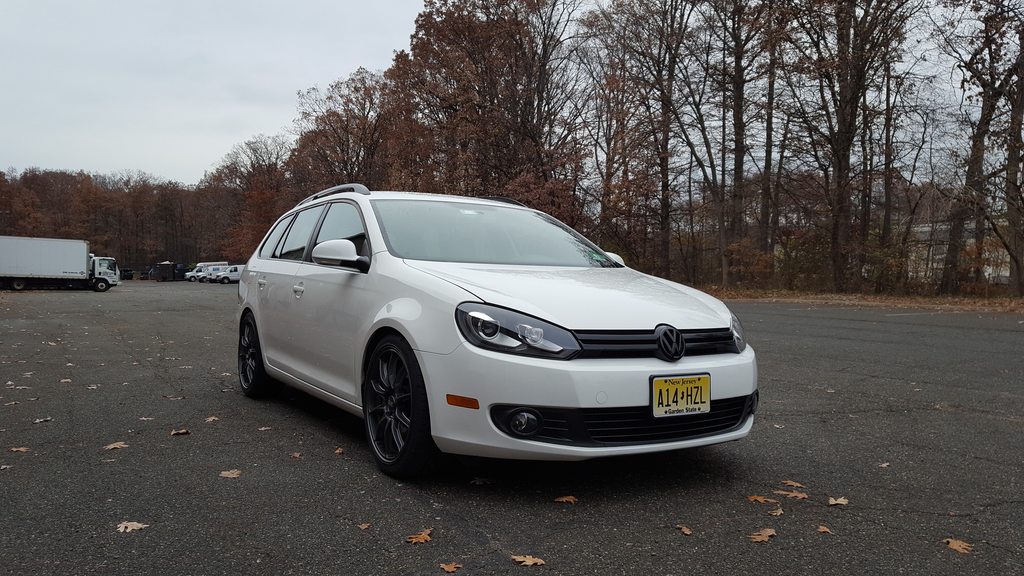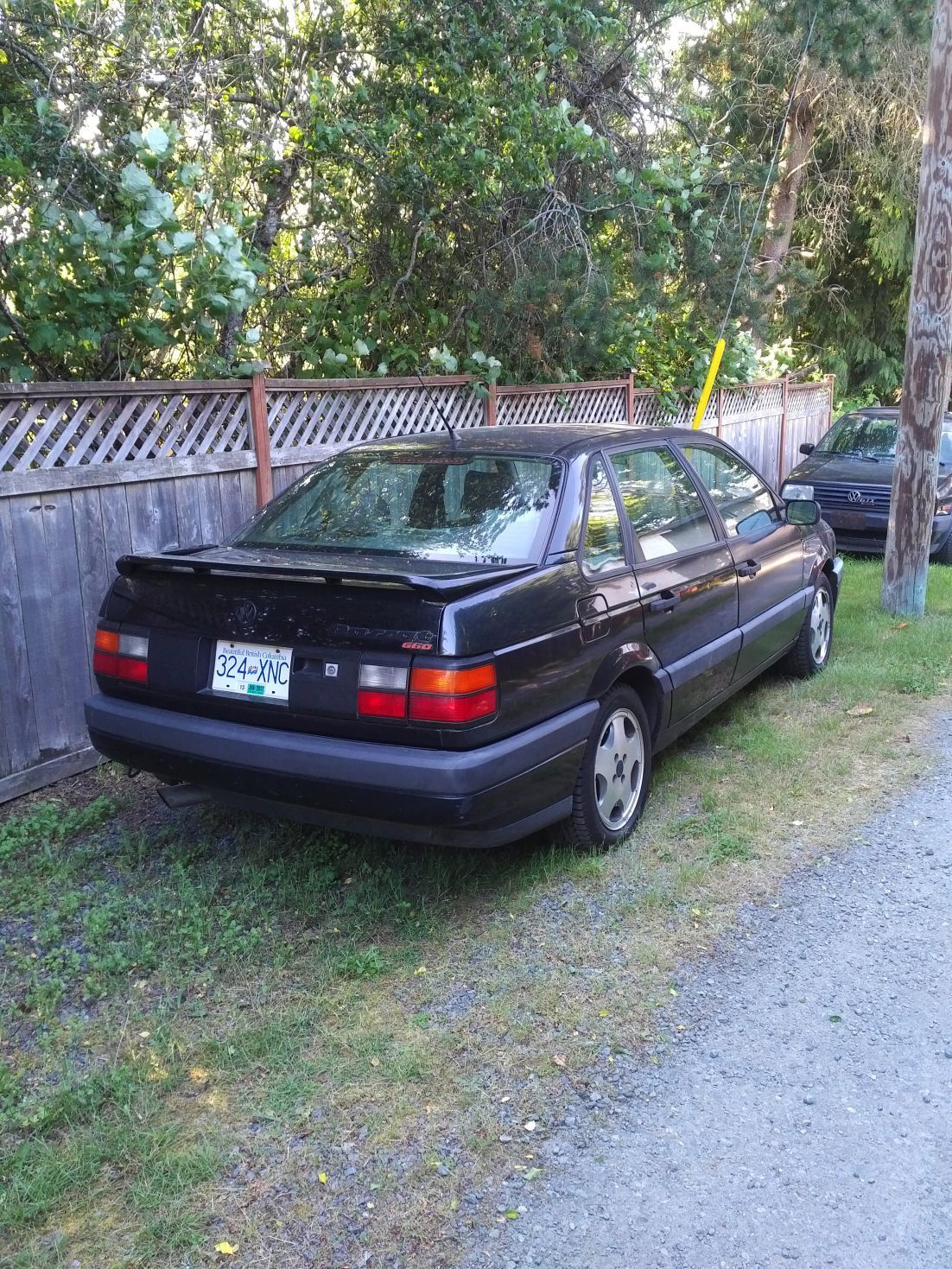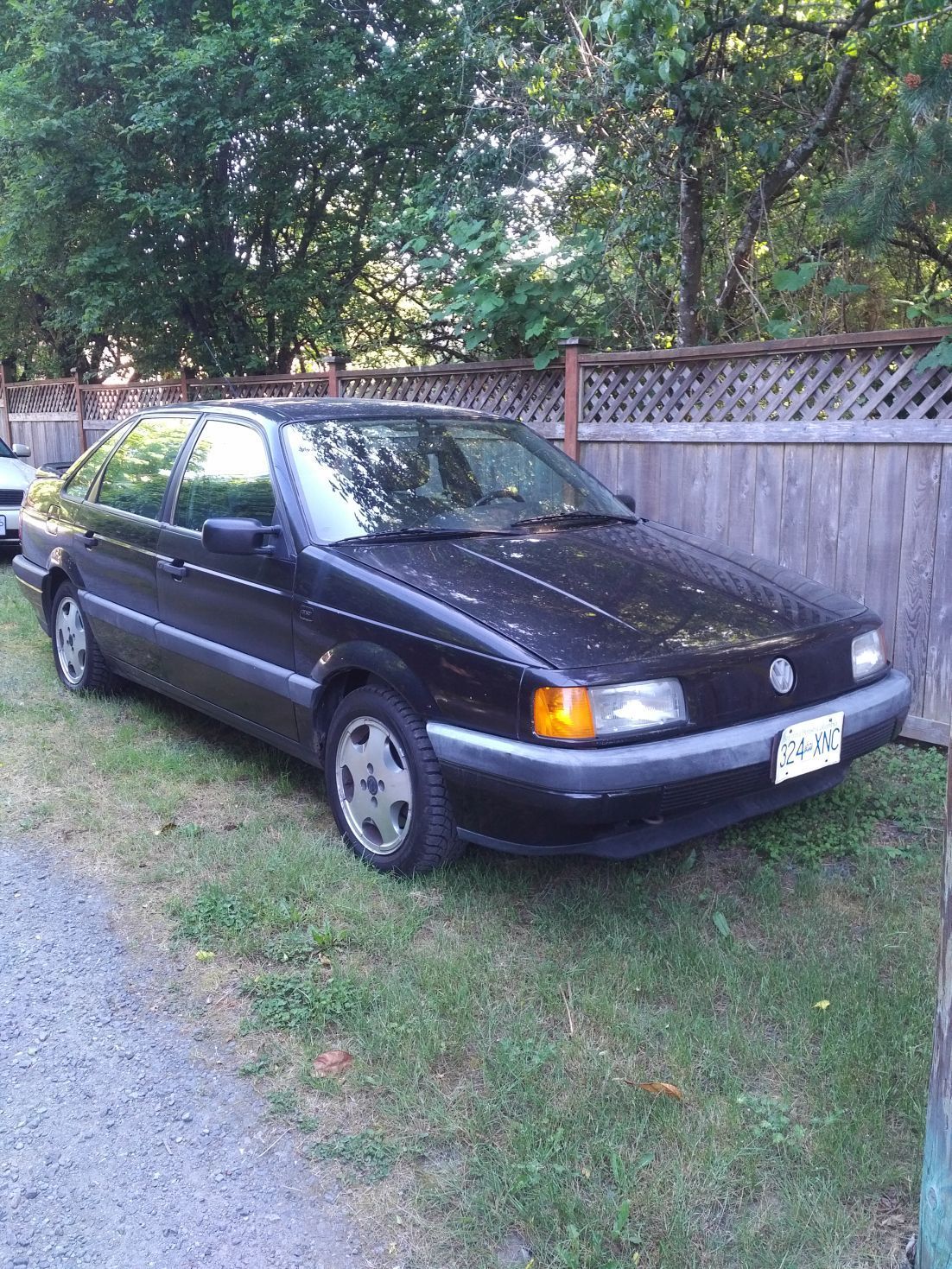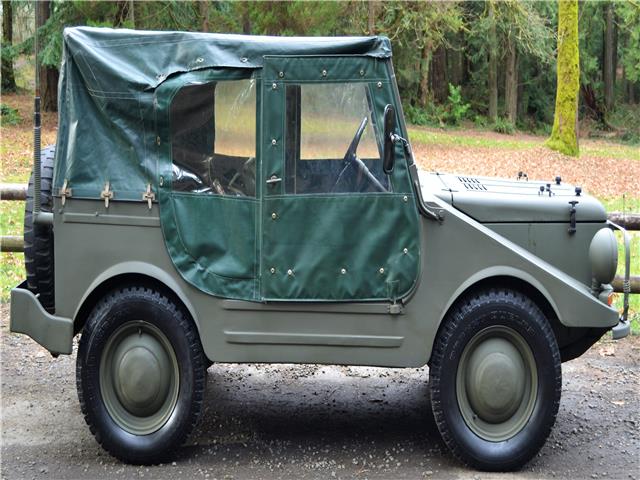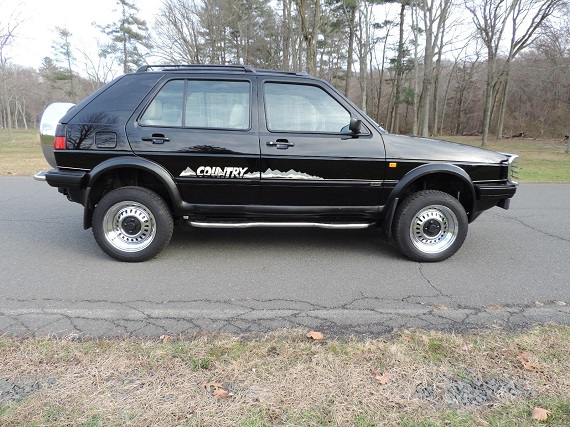
In the mid-1980s, Volkswagen aimed its market sights upwards and tried to gain more traction in a niche market by offering…well, more traction. Starting in 1986, Volkswagen partnered with Steyr-Damiler-Puch and made a unique alternative to corporate partner Audi’s quattro drivetrain utilizing a viscous center differential. Puch was also responsible for design and manufacturing of the T3 Vanagon Syncro, which used a different viscous coupling system because of the rear-drive platform and nature of the Vanagon. In addition to the transmission of power forwards, the T3 also offered a rear differential lock while both center and front were viscous.
But in 1986, there was a third option. Because the Volkswagen Quantum (née Passat) shared nearly all of its internal architecture with the B2 Audis, fitment of the quattro setup from the Quattro and 4000S/CS quattro was possible – so Volkswagen did it. As there was no Audi B2 Avant, Volkswagen offered the new Quantum quattro – also badged Syncro – in Wagon form, and only in wagon form. This meant that there was no competition crossover between the 4000 quattro and Quantum Syncro in the U.S. market. The Quantum also continued to run smaller 4x100mm hubs versus the Audi, which allowed it to utilize the same “snowflake†Avus wheels borrowed from the GTI. Pricing was on par with period 4000 quattros, though – base price was $15,645, but equip the Quantum similarly to the standard 4000 with power windows, mirrors, locks and sunroof and you’d quickly crest $17,000 – about $4,000 more dear than a standard GL5. Unlike the 4000, Quantum Syncro Wagons came standard only with power steering, brakes, cruise control and air conditioning. You had to opt-in the power package to get the other items.
That made the Quantum Syncro Wagon very much more expensive than, say, a Subaru GL 4WD Wagon or the Toyota Tercel SR5 4WD Wagon. But both of those cars were part-time 4WD; in order to get a car with similar build quality and seamless drive of all wheels, you’d need to pony up a staggering $30,000 for the Audi 5000CS quattro Avant. Volkswagen only brought over 2,500 1986s, making them a rare treat to see today. But the condition which this particular 1986 appears in is staggering:


